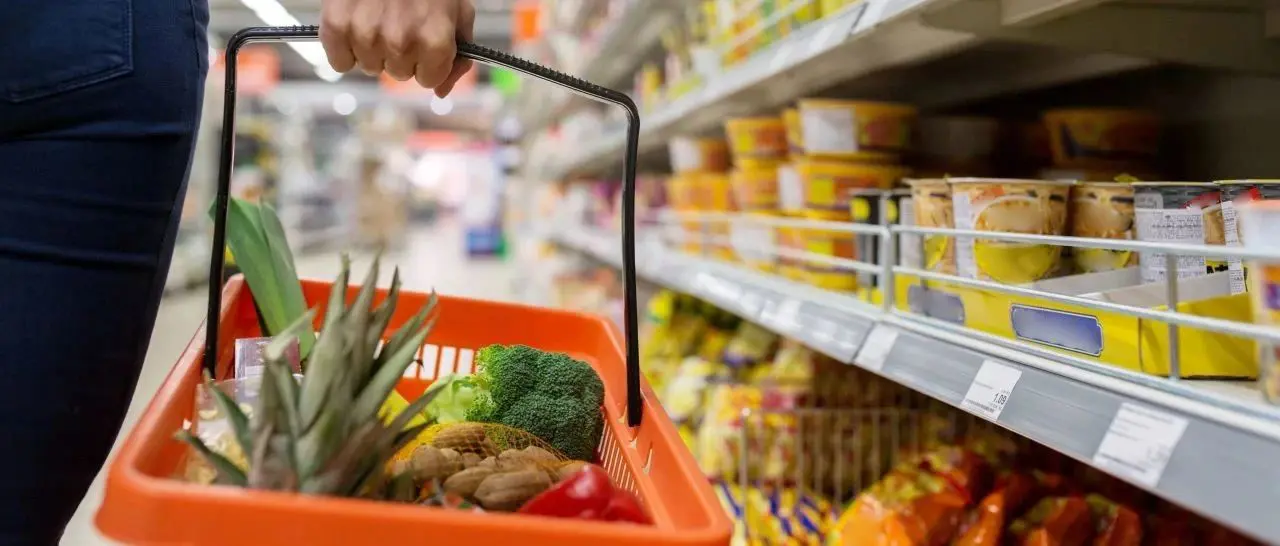0.3%!

On [date], data from the National Bureau of Statistics showed that the consumer price index (CPI) for residents in [month] increased by 0.1% year-on-year and decreased by 0.2% month-on-month. On average from January to [month], the national CPI rose by 0.4% compared to the same period last year. The producer price index (PPI) for industrial producers decreased by 3.0% year-on-year and 0.3% month-on-month in [month]. On average from January to [month], both the PPI and the purchasing price index for industrial producers fell by 3.1% compared to the same period last year.
Dong Lijuan, Chief Statistician of the Urban Department of the National Bureau of Statistics, explained the data, stating that in the month, the consumer market operated generally stably. Food prices declined from high levels, coupled with a decrease in gasoline prices, leading to a month-on-month decrease of 0.2% and a year-on-year increase of 1.0%. The core inflation rate, excluding food and energy prices, showed a slight rebound, increasing by 0.6% year-on-year, with the growth rate expanding by 0.1 percentage points compared to the previous month.
Dong Lijuan pointed out that in the month, international bulk commodity prices generally fluctuated and declined, but driven by the effectiveness of a package of incremental policies, domestic demand for some industrial products recovered, with the month-on-month decline significantly narrowing and the year-on-year decline slightly expanding. In the future, as the effects of the policies continue to manifest, prices are expected to further stabilize.
Wen Bin, Chief Economist of China Minsheng Bank, analyzed in an interview with the International Business Daily that the deflator is likely to remain negative in the fourth quarter, indicating that overall demand remains weak, there is a negative output gap in the economy, and policies need to continue to increase the intensity of counter-cyclical adjustments.
The recently released third-quarter monetary policy implementation report also emphasizes "taking the promotion of a reasonable rise in prices as an important consideration in the formulation of monetary policy, and striving to maintain prices at a reasonable level." It is expected that monetary policy will continue to maintain a loose stance and strengthen coordination with fiscal policy and other policies to reverse market expectations and enhance the intrinsic dynamics of the economy.
Regarding the future trend of prices, Wang Yunjin, Chief Financial Researcher at Guangkai Chief Industry Research Institute, stated that the monthly price index did not show significant increases, but it merely experienced a short-term slight decline. Domestic demand is gradually recovering, and it will take some time for the implementation of various policies aimed at stabilizing growth and expanding domestic demand to be reflected in prices.
Zhou Maohua, a macroeconomic researcher at the Financial Markets Department of China Everbright Bank, believes that overall, the recovery in terminal consumer prices is faster than that in the industrial sector. From pork prices to market supply and demand curves, domestic prices are generally moving towards a mild recovery. However, during this process, it is necessary to pay attention to the potential upward pressure on corporate production costs to avoid offsetting the effects of relief support policies.
Looking ahead to the next phase, Wen Bin expects that the year-on-year increase may rebound. Pork prices are expected to rise seasonally, which could boost food prices. The domestic package of incremental policies continues to improve domestic demand, which is expected to boost core inflation. Combined with the base effect from the same period last year declining, a rebound in the increase is highly probable. However, international energy prices may fall as global demand weakens, which could suppress the increase.

